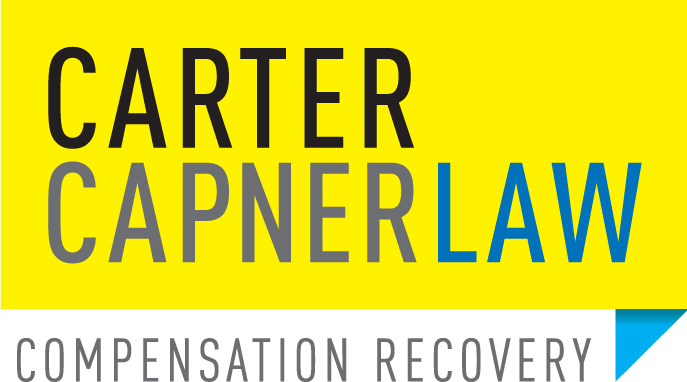Carter Capner Law monitors workplace accidents throughout Australia to spotlight safety issues of concern to our clients and to demonstrate those situations in which they may have a right to an insurance or compensation recovery. We act for workers and contractors throughout Australia. Call today on 1300 529 529 or click here to reach Carter Capner Law.
Despite recent progress, new data from the Workplace Gender Equality Agency (WGEA) highlights ongoing disparities in earnings between men and women in Australia. Women earn approximately $547 less per week than men when considering total remuneration, including superannuation, overtime, and performance bonuses. For full-time workers, the median base salary for women stood at $72,638 annually in 2023-24, compared to $84,048 for men.
This report underscores the need for continued efforts to address the gender pay gap, which has narrowed slightly over the past few years but remains a significant issue across various industries.
Key Findings of the Report
The latest WGEA snapshot analyzed data from 9,500 companies and found that:
- Nearly three-quarters (72.2%) of employers still pay men more than women.
- Only 8.4% of organizations reported a pay gap favoring women.
- Higher-paying industries tend to exhibit larger gender pay gaps, with sectors like construction, mining, financial services, and professional sciences showing some of the widest disparities.
- Airlines such as Virgin and Qantas report particularly large gaps, with male employees earning 41.7% and 39.2% more than their female counterparts, respectively.
- Banks also struggle with significant gaps, averaging around 20%, while retailers like Kmart and Hungry Jack’s demonstrate much smaller discrepancies, with gaps under 2%.
Among large employers, Woolworths performs relatively well with a gender pay gap of 10.7%, despite having one of the largest workforces in the country. At the national level, women are disproportionately represented in lower-paying roles, being 1.5 times more likely to work in the lowest remuneration quartile compared to men, who are 1.9 times more likely to hold higher-paying positions.
Industry Disparities
While certain industries might seem obvious candidates for gender pay inequality—such as construction and mining—other sectors, including financial and insurance services, real estate, and professional sciences, also rank among those with the widest gaps. Large organizations, such as the big four banks, continue to face scrutiny, with Commonwealth Bank, Westpac, Suncorp, NAB, and ANZ reporting average gaps ranging from 18.8% to 22.4%.
However, not all major employers lag behind. Companies like Kmart and Hungry Jack’s have achieved near parity, demonstrating that closing the gender pay gap is achievable with targeted strategies. Interestingly, larger employers generally exhibit smaller gaps, suggesting economies of scale may facilitate better practices or greater transparency.
Progress and Challenges
The gender pay gap has shown gradual improvement, narrowing from 15.4% two years ago to 13.5% in the latest figures. From April 2023 to March 2024, 56% of employers reported reducing their gender pay gaps. Minister for Women Katy Gallagher acknowledged these gains but emphasized the need for sustained effort.
“While this is all really positive, there is more to do to ensure equal opportunities in the workplace,” Ms. Gallagher said. She highlighted the importance of understanding inequities at senior leadership levels, where women remain underrepresented.
Despite legal protections prohibiting unequal pay for work of equal value, systemic barriers persist. HR platform HiBob argues that current legislation does not go far enough, as only organizations employing over 100 people are required to publicly disclose their gender pay gap data. Sabrina Scherm, HiBob’s customer advocacy manager, advocates extending these requirements to smaller businesses.
“Extending the law to include small businesses could make a significant difference by shining a light on disparities nationwide,” she stated.
Call for Reform
Experts stress the importance of addressing structural issues contributing to the gender pay gap, such as occupational segregation, unconscious bias, and lack of flexible work arrangements. Encouraging diversity in high-paying industries and promoting pathways for women into leadership roles are critical steps toward achieving equity.
Additionally, expanding mandatory reporting requirements to smaller businesses would increase accountability and transparency, potentially accelerating progress. As Minister Gallagher noted, ensuring fair opportunities and representation at all organizational levels will be key to eliminating the gap entirely.
Conclusion
While the narrowing of the gender pay gap reflects incremental progress, substantial challenges remain. Addressing entrenched inequalities requires concerted action from both employers and policymakers. By prioritizing transparency, promoting inclusive policies, and fostering equitable workplaces, Australia can strive toward true pay equality for all workers.


